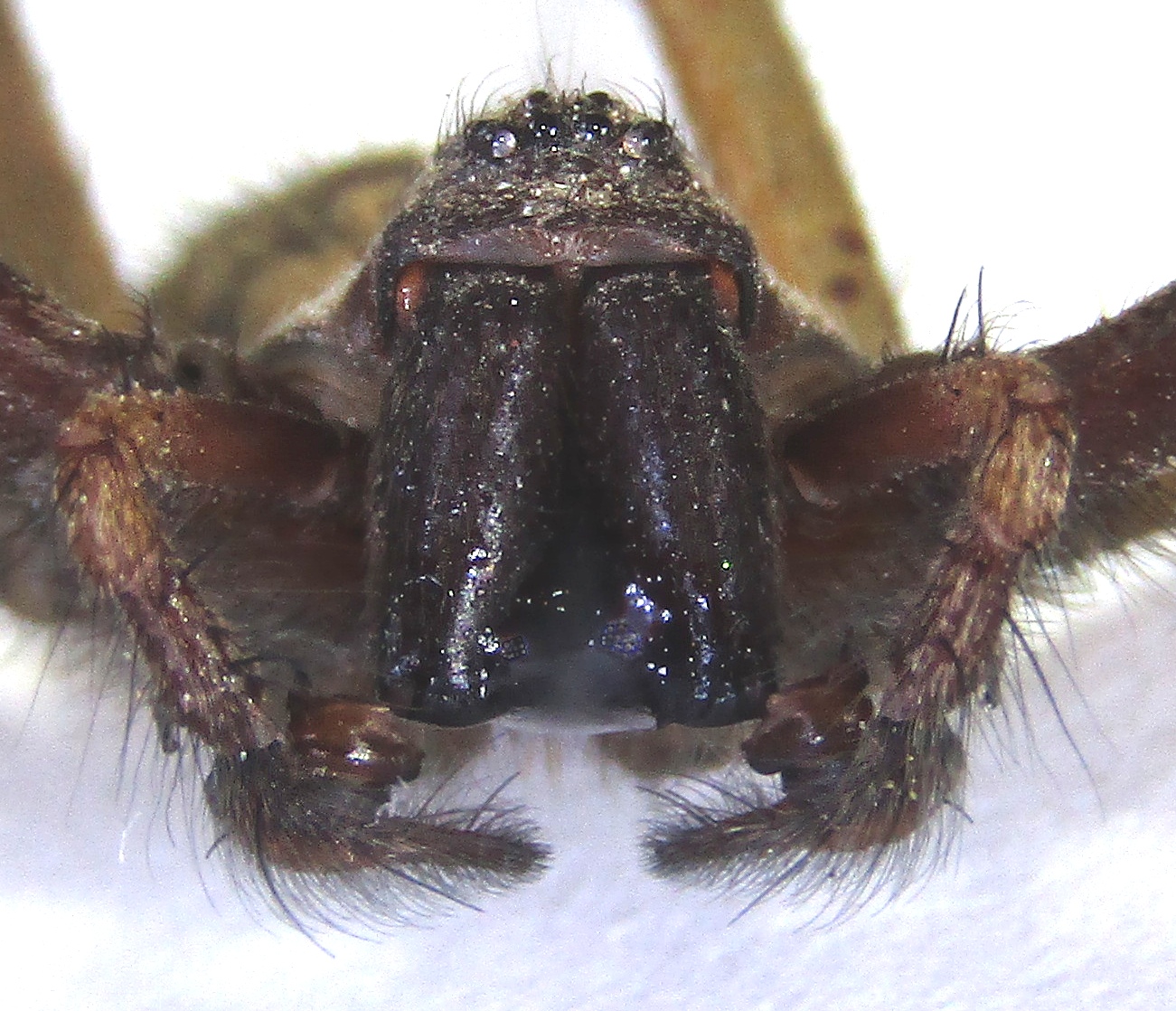Into the unknown

Clavicorona taxophila - a very rare fungus - new for Lancashire - microscopic examination was necessary to clinch the indentification - kindly performed by Richard Shotbolt ('oil-filled gloeocystidia is good confirmation' - apparently). This a Red Data List species. The last record on the FRDBI database is 9 yeas ago in Wiltshire. A small mammal scurried across a clearing in front of me – a Red Squirrel! If I’d spotted the Beast of Bodmin I’d have been only marginally less surprised (mainly because Bodmin is in Cornwall). I had been exploring an area of the patch that I normally turn my nose at – what amounts to a small, unmanaged, wood comprised of Leyland Cypress. I’d never seen any reason to actually venture in there, after all it’s only Leylandii – more famous for being the weapon of choice for ‘Neighbours from Hell’, than for having any wildlife value. My recent fungus forays, however, have sent me to previously unexplo...

